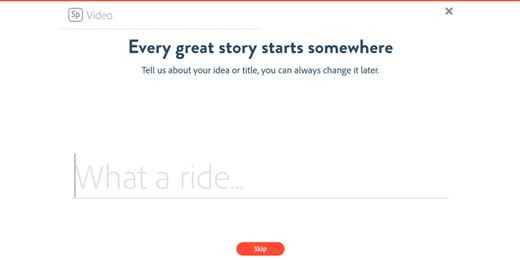While some brands are still focused on building a community with one page, many others are creating multiple pages based on topics, location, or audience. Which is the best option for your page?
Facebook Pages were once viewed as a destination - a place to build a community that would come back day after day to engage with content. Money was spent on Facebook Ads to build up large fan bases. Then the News Feed, which had been growing steadily as the main interface for Facebook, fully took over.
Pages switched from being destinations to publishers, with content consumed directly in the News Feed rather than the page. The News Feed algorithm emphasized the most engaging content instead of showing all content from a page.
As a result, many of the reasons for having a single page - one destination with a large fan base - no longer makes sense for some brands. Let's look at the pros and cons of each option.
A Page for Each Audience
According to Digiday, BuzzFeed has over 90 pages on Facebook, such as BuzzFeed Parents, BuzzFeed Weddings, etc. Mashable has 20 pages, and The Huffington Post has 79 pages.
Large publishers, like BuzzFeed, Mashable, or The Huffington Post cover a huge range of topics. By creating one page for each potential audience, they are able to provide targeted content to very engaged viewers. This narrowing of focus allows them to take advantage of the News Feed algorithms, which reward content that is highly engaging with its audience by increasing reach. Engaging content is also likely to get more clicks with the right audience, driving traffic back to the publisher's website and generating ad income.
According to Digiday, BuzzFeed has over 90 pages on Facebook, such as BuzzFeed Parents, BuzzFeed Weddings, etc. Mashable has 20 pages, and The Huffington Post has 79 pages. They tend to follow a hub and spoke model, where the topical pages publish their own content, and the main page republishes the "best of" to increase exposure.
The strategy of targeted pages can really be effective - Huffington Post's video about feminism got 1.5 million views on the main page and 3.7 million on the HuffPost Women page, which has 1/5 of the fans.
ONE PAGE TO RULE THEM ALL
Multiple pages may not make sense for smaller brands or for brands who are already very targeted.
Pages like Huffington Post have over 6 million fans, so they can afford to experiment with separate audiences. However, pages with lower fan counts have a hard time getting enough reach for their current content - it can take a long time to build a critical mass of fans organically. The only way to increase reach is to use Facebook Advertising. Splitting into multiple pages would mean that those advertising costs would have to be duplicated among each page.
Some brands already produce very targeted content, such as Saddleback Leather. There would be little value in trying to futher differentiate content or their audience, especially with options like Facebook's Audience Optimization available to ensure that the most relevant viewers are seeing their posts.
The biggest issue of all may be resources. Each new page has to be managed, producing new content, responding to comments, and providing support. As the fan base grows, this can begin to require additional personnel.
NEXT STEPS
So, what factors should you consider to make this decision for your brand?
- Audience Size. If you have a large audience, then splitting it into smaller pages may be much easier, especially since the existing page can help to promote the new ones.
- Audience Segments. Does your audience naturally divide into distinct segments - interests, demographics, or location? Adding a new page to address the top segments could help to increase engagement within that group.
- Content Segments. Do your content themes naturally cover a variety of topics that appeal to different interests? If it is easy to create these topical streams of posts, then funneling them into separate pages can also increase engagement.
The good news is that creating Facebook pages is still free, so experimenting with multiple pages only may end up costing you time. However, it can be difficult or impossible to merge the fans from these subpages back into your main page if you decide that the experiment isn't working out.
Has your brand seen success with multiple pages?.
➤ UPDATE - Hear more about this blog post in Fresh Thoughts Podcast Ep 05 - Multiple Facebook Pages and Content Marketing Deep Dives.
Feb 23, 2016


